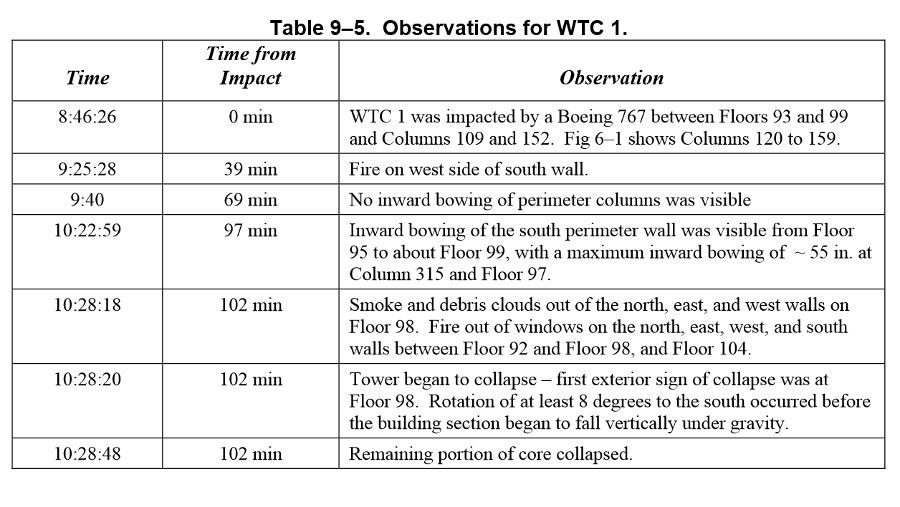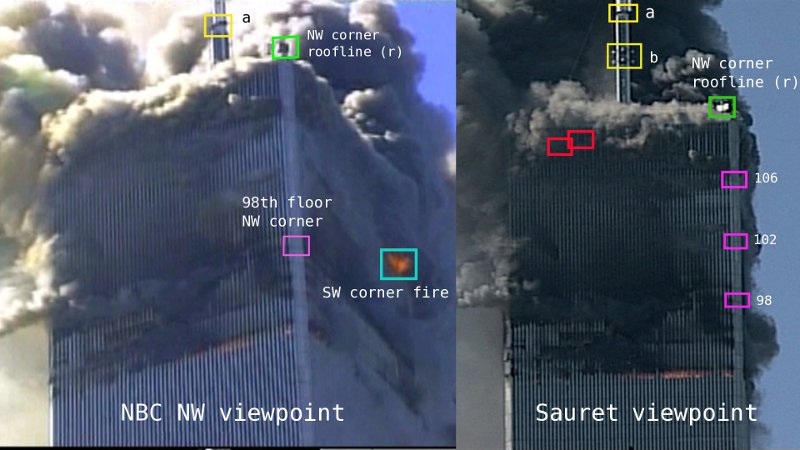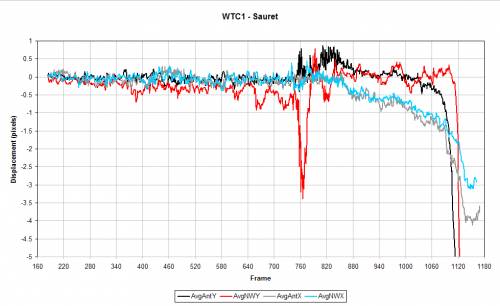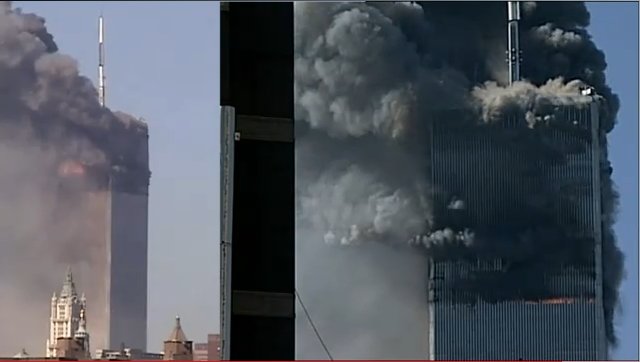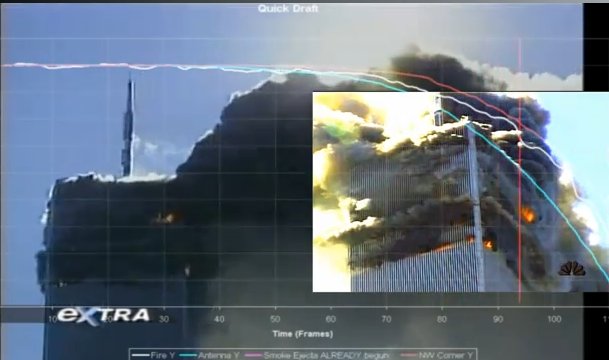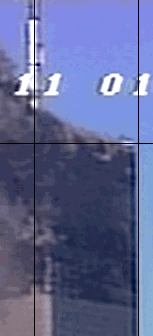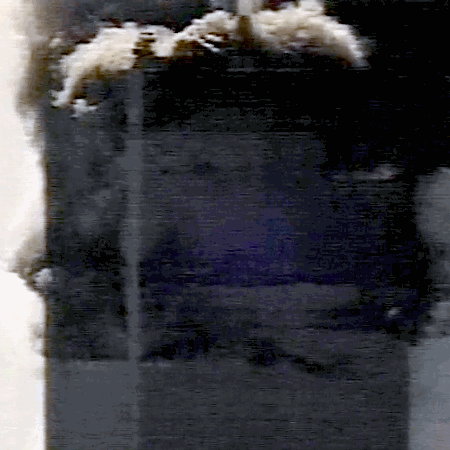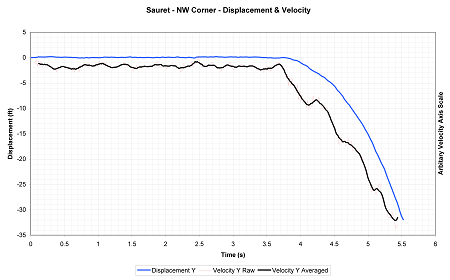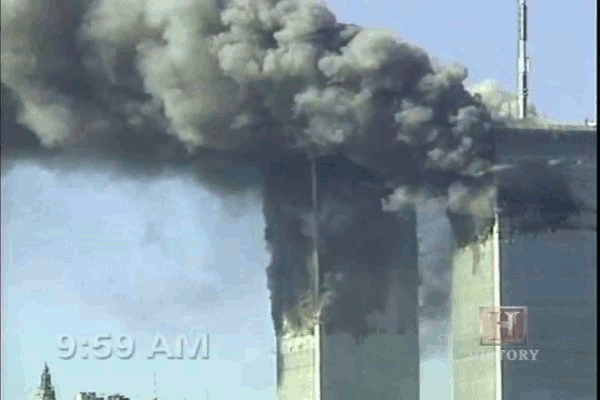Major_Tom
Active Member
So how can these tracking tools be applied to debunking various claims about WTC1, 2, and 7, official or otherwise?
First, it is important to know how the collapse initiation sequences are described in the most accepted version of collapse events available to the public: the NIST reports.
The case of WTC1 provides a wonderful example of how to test the NIST description of collapse initiation movement, so let's start with WTC1. How did the NIST describe the early movement and behavior of WTC1?
All descriptions of WTC1 early movement found within the NIST reports and all the photographs they used to support their claims are reproduced on a single page for any reader to review:
3.2: NIST WTC1 Misrepresentations
To remove any ambiguity of what each description is stating, descriptions of WTC2 collapse initiation motion are also given next to the WTC1 descriptions, so the two cases can easily be compared.
There is no doubt, after reading and comparing WTC1 and WTC2 descriptions, that the NIST understanding was that WTC1 tilted as much to the south and WTC2 tilted to the east during the collapse initiation movement.
By comparing the NIST descriptions of WTC1 to WTC2, it is unmistakable that the NIST drew a direct analogy between the 'tilt and descend' movement of WTC2, which anyone can see by using the visual record, and the same type of movement for WTC1. One can easily see over what angle the NIST understood WTC1 to 'tilt and descend' and over what angle the NIST understood WTC2 to 'tilt and descend'.
One can easily see that the NIST understood WTC1 to tilt a bit more to the south than WTC2 tilted to the east during the collapse initiation sequence.
>>>>>>>>>>>>>
Using the tools introduced in this thread and applying a frame-by frame viewing tool like virtualdub, freely available to anyone, it is not hard to fact-check the NIST description of WTC1 early movement and see that it is grossly inaccurate. It is absurdly inaccurate.
The entire concept of the WTC1 collapse initiation movement and the NIST hypothesis of the initiation mechanism that resulted in such movement can be fact-checked and found to to be grossly inaccurate simply by applying the tools examined in this thread in a systematic way.
First, it is important to know how the collapse initiation sequences are described in the most accepted version of collapse events available to the public: the NIST reports.
The case of WTC1 provides a wonderful example of how to test the NIST description of collapse initiation movement, so let's start with WTC1. How did the NIST describe the early movement and behavior of WTC1?
All descriptions of WTC1 early movement found within the NIST reports and all the photographs they used to support their claims are reproduced on a single page for any reader to review:
3.2: NIST WTC1 Misrepresentations
To remove any ambiguity of what each description is stating, descriptions of WTC2 collapse initiation motion are also given next to the WTC1 descriptions, so the two cases can easily be compared.
There is no doubt, after reading and comparing WTC1 and WTC2 descriptions, that the NIST understanding was that WTC1 tilted as much to the south and WTC2 tilted to the east during the collapse initiation movement.
By comparing the NIST descriptions of WTC1 to WTC2, it is unmistakable that the NIST drew a direct analogy between the 'tilt and descend' movement of WTC2, which anyone can see by using the visual record, and the same type of movement for WTC1. One can easily see over what angle the NIST understood WTC1 to 'tilt and descend' and over what angle the NIST understood WTC2 to 'tilt and descend'.
One can easily see that the NIST understood WTC1 to tilt a bit more to the south than WTC2 tilted to the east during the collapse initiation sequence.
>>>>>>>>>>>>>
Using the tools introduced in this thread and applying a frame-by frame viewing tool like virtualdub, freely available to anyone, it is not hard to fact-check the NIST description of WTC1 early movement and see that it is grossly inaccurate. It is absurdly inaccurate.
The entire concept of the WTC1 collapse initiation movement and the NIST hypothesis of the initiation mechanism that resulted in such movement can be fact-checked and found to to be grossly inaccurate simply by applying the tools examined in this thread in a systematic way.
Last edited by a moderator:

